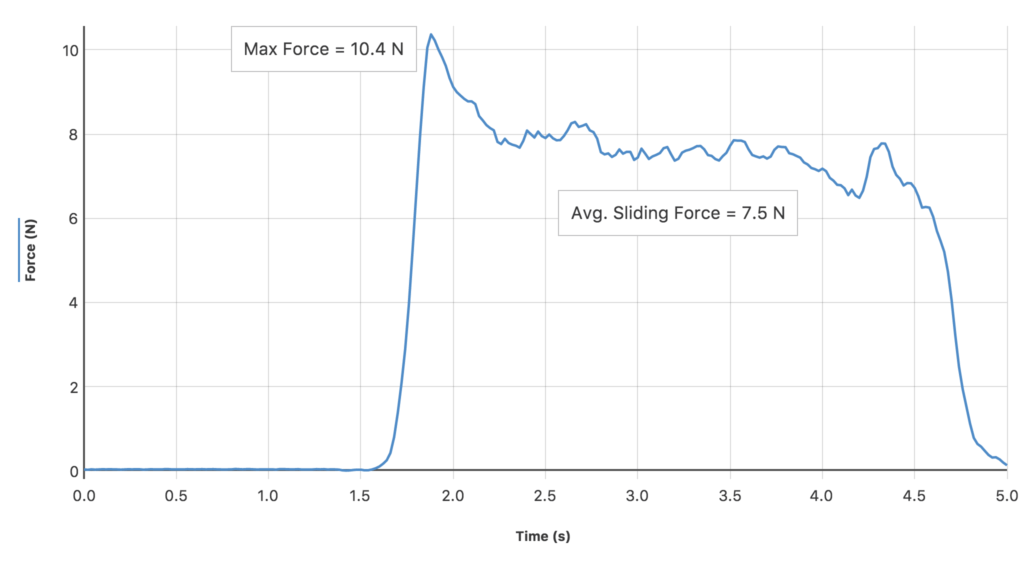Three-dimensional learning is at the core of the Next Generation Science Standards. Finding field-tested lessons that support three-dimensional learning for your elementary and middle school curriculum can be challenging. Fortunately, some great open-source resources are available; one of which is Going 3D with GRC. Going 3D with GRC is a student-centered model that employs the Gather, Reason, Communicate (GRC) instructional framework. GRC lessons use phenomena to engage students and encourage them to ask questions, plan and carry out investigations, and obtain information, so students can develop and use models to explain the phenomena. By incorporating sensor data collection, students can gather reliable, repeatable evidence that they can use to recognize patterns and reinforce explanations.
So Salty, a 5th grade lesson from Going 3D with GRC, presents students with the phenomena “If you put all the fresh water on Earth into the ocean, it would still be salty.” The lesson, as written, has students taste salt water samples of different concentrations and qualitatively record their observations of the saltiness of the samples. This lesson can easily be enhanced by adding a Go Direct Conductivity Probe as a data-collection tool. Students can use the probe to quantitatively measure salt concentrations in the samples.
Another example where data-collection technology can enhance a lesson is in Slippery When Wet, a middle school Going 3D with GRC lesson. Here students explore why “Sometimes when I try to stop running on wet grass I slide.” In this lesson, students investigate the forces that make it more or less difficult to drag a shoe across a surface and measure the effects of surface structure on friction. As written, the lesson uses spring scales. With the addition of a Go Direct Force and Acceleration Sensor, students can see a graphic representation of the force holding the shoe in place just before it slips (static friction) and as the shoe is dragged (kinetic friction).

